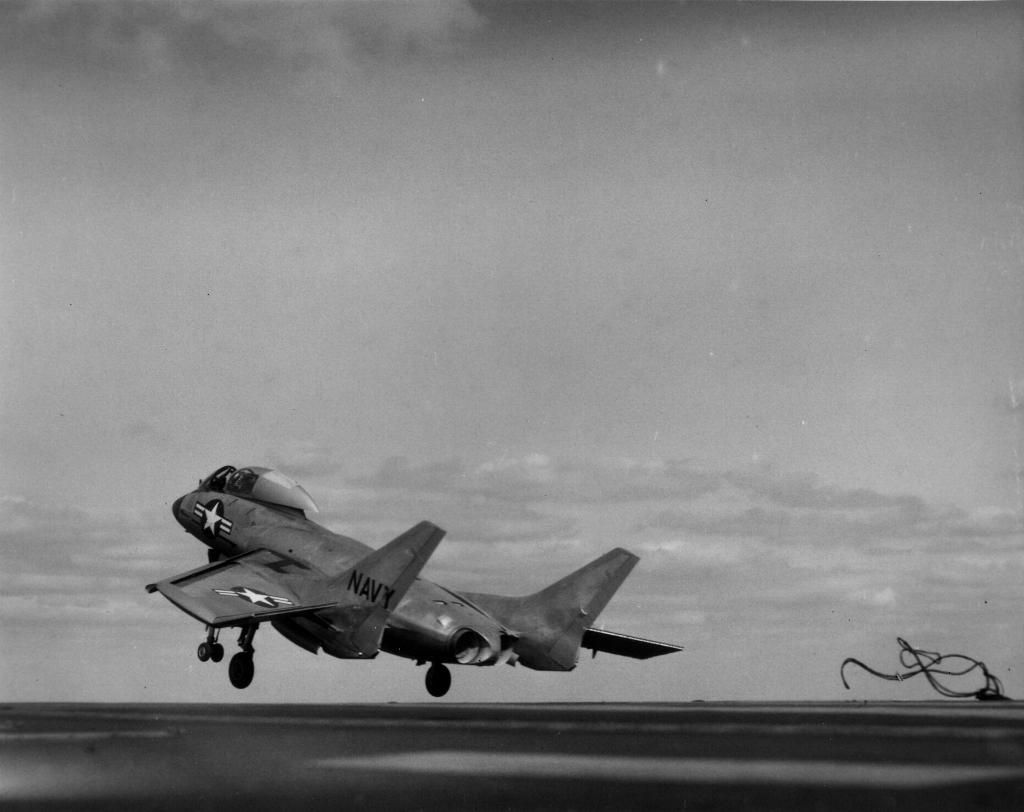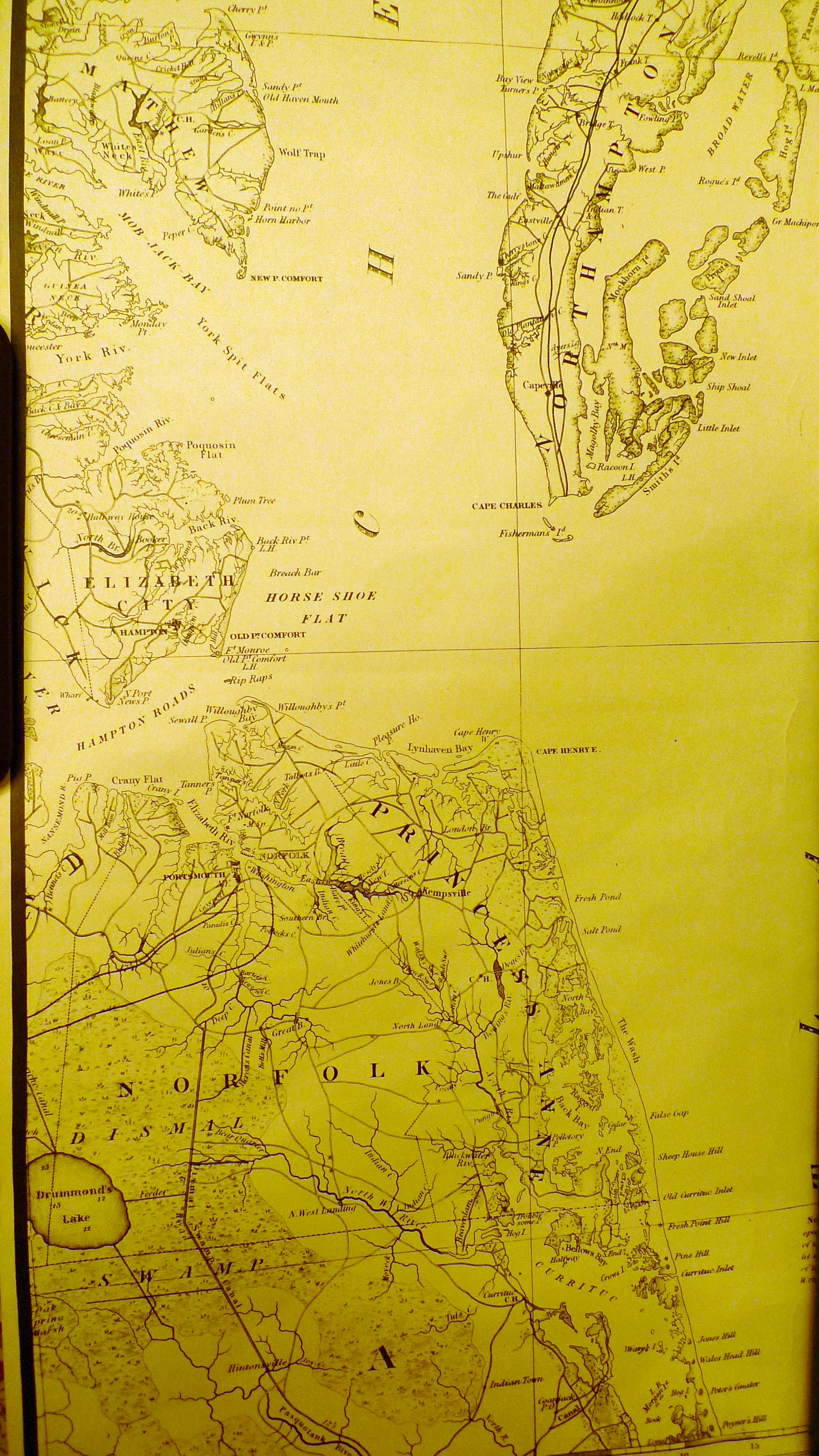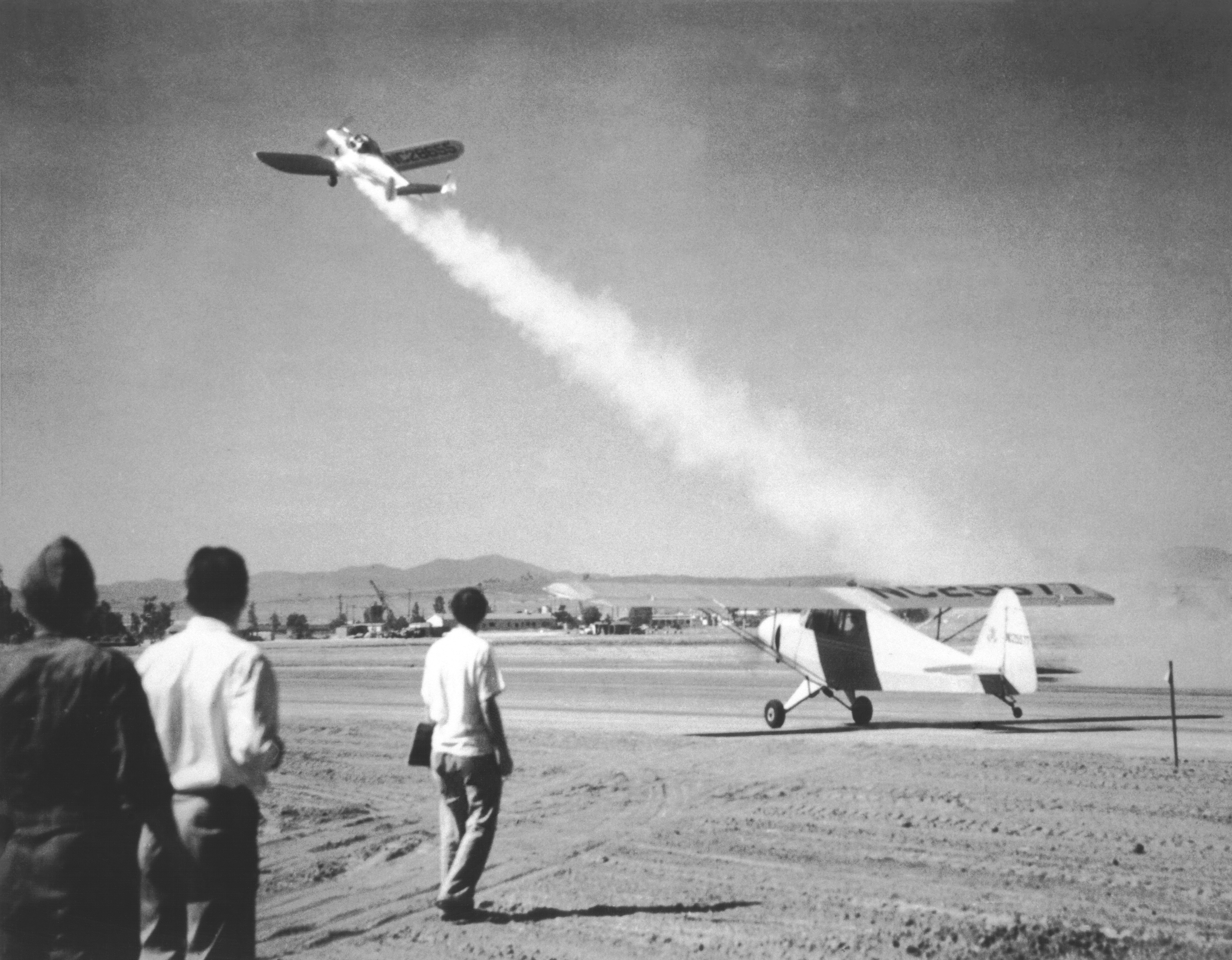|
USS Coral Sea (CV-43)
USS ''Coral Sea'' (CV/CVB/CVA-43), a , was the third ship of the United States Navy to be named for the Battle of the Coral Sea. She earned the affectionate nickname "''Ageless Warrior''" through her long career. Initially classified as an aircraft carrier with hull classification symbol CV-43, the contract to build the ship was awarded to Newport News Shipbuilding of Newport News, Virginia, on 14 June 1943. She was reclassified as a "Large Aircraft Carrier" with hull classification symbol CVB-43 on 15 July 1943. Her keel was laid down on 10 July 1944 in Shipway 10. She was launched on 2 April 1946 sponsored by Mrs. Thomas C. Kinkaid and commissioned on 1 October 1947 with Captain A.P. Storrs III in command. Before 8 May 1945, the aircraft carrier CVB-42 had been known as USS ''Coral Sea''; after that date, CVB-42 was renamed in honor of Franklin D. Roosevelt, the late President, and CVB-43 was named the ''Coral Sea''. ''Coral Sea'' was one of the last U.S Navy carrier ... [...More Info...] [...Related Items...] OR: [Wikipedia] [Google] [Baidu] |
Battle Of The Coral Sea
The Battle of the Coral Sea, from 4 to 8 May 1942, was a major naval battle between the Imperial Japanese Navy (IJN) and naval and air forces of the United States and Australia. Taking place in the Pacific Theatre of World War II, the battle is historically significant as the first action in which the opposing fleets neither sighted nor fired upon one another, attacking over the horizon with aircraft carriers instead. To strengthen their defensive position in the South Pacific, the Japanese decided to invade and occupy Port Moresby (in New Guinea) and Tulagi (in the southeastern Solomon Islands). The plan, Operation Mo, involved several major units of Japan's Combined Fleet. Two fleet carriers and a light carrier were assigned to provide air cover for the invasion forces, under the overall command of Admiral Shigeyoshi Inoue. The U.S. learned of the Japanese plan through signals intelligence and sent two U.S. Navy carrier task forces and a joint Australian-America ... [...More Info...] [...Related Items...] OR: [Wikipedia] [Google] [Baidu] |
Newport News, Virginia
Newport News () is an independent city in the U.S. state of Virginia. At the 2020 census, the population was 186,247. Located in the Hampton Roads region, it is the 5th most populous city in Virginia and 140th most populous city in the United States. Newport News is included in the Hampton Roads metropolitan area. It is at the southeastern end of the Virginia Peninsula, on the northern shore of the James River extending southeast from Skiffe's Creek along many miles of waterfront to the river's mouth at Newport News Point on the harbor of Hampton Roads. The area now known as Newport News was once a part of Warwick County. Warwick County was one of the eight original shires of Virginia, formed by the House of Burgesses in the British Colony of Virginia by order of King Charles I in 1634. In 1881, fifteen years of rapid development began under the leadership of Collis P. Huntington, whose new Peninsula Extension of the Chesapeake and Ohio Railway from Richmond ope ... [...More Info...] [...Related Items...] OR: [Wikipedia] [Google] [Baidu] |
John T
John is a common English name and surname: * John (given name) * John (surname) John may also refer to: New Testament Works * Gospel of John, a title often shortened to John * First Epistle of John, often shortened to 1 John * Second Epistle of John, often shortened to 2 John * Third Epistle of John, often shortened to 3 John People * John the Baptist (died c. AD 30), regarded as a prophet and the forerunner of Jesus Christ * John the Apostle (lived c. AD 30), one of the twelve apostles of Jesus * John the Evangelist, assigned author of the Fourth Gospel, once identified with the Apostle * John of Patmos, also known as John the Divine or John the Revelator, the author of the Book of Revelation, once identified with the Apostle * John the Presbyter, a figure either identified with or distinguished from the Apostle, the Evangelist and John of Patmos Other people with the given name Religious figures * John, father of Andrew the Apostle and Saint Peter * P ... [...More Info...] [...Related Items...] OR: [Wikipedia] [Google] [Baidu] |
Virginia Capes
The Virginia Capes are the two capes, Cape Charles to the north and Cape Henry to the south, that define the entrance to Chesapeake Bay on the eastern coast of North America. In 1610, a supply ship learned of the famine at Jamestown when it landed at Cape Henry. "America and West Indies: June 1610." ''Calendar of State Papers Colonial, America and West Indies'': Volume 1, 1574-1660. Ed. W Noel Sainsbury. London: Her Majesty's Stationery Office, 1860. 9-10British History Online.Retrieved 13 June 2019. The importance of Chesapeake Bay in American history has long made the Virginia Capes strategically significant, most notably in the naval Battle of the Chesapeake that was crucial to the American victory at the siege of Yorktown, effectively ending the American Revolutionary War. As a result, the area was heavily garrisoned, beginning with the construction of Fort Monroe and Fort Wool in 1819. During the American Civil War, a pivotal battle between the ironclad warships an ... [...More Info...] [...Related Items...] OR: [Wikipedia] [Google] [Baidu] |
United States Naval Institute
The United States Naval Institute (USNI) is a private non-profit military association that offers independent, nonpartisan forums for debate of national security issues. In addition to publishing magazines and books, the Naval Institute holds several annual conferences. The Naval Institute is based in Annapolis, Maryland. Established in 1873, the Naval Institute claimed "almost 50,000 members" in 2020, mostly active and retired personnel of the United States Navy, Marine Corps, and Coast Guard. The organization also has members in over 90 countries. The organization has no official or funding ties to the United States Naval Academy or the U.S. Navy, though it is based on the grounds of the Naval Academy through permission granted by a 1936 Act of Congress. History The U.S. Naval Institute was formed on October 9, 1873 by fifteen naval officers gathered at the U.S. Naval Academy's Department of Physics and Chemistry building in Annapolis to discuss, among other topics, the imp ... [...More Info...] [...Related Items...] OR: [Wikipedia] [Google] [Baidu] |
Norfolk, Virginia
Norfolk ( ) is an independent city in the Commonwealth of Virginia in the United States. Incorporated in 1705, it had a population of 238,005 at the 2020 census, making it the third-most populous city in Virginia after neighboring Virginia Beach and Chesapeake, and the 94th-largest city in the nation. Norfolk holds a strategic position as the historical, urban, financial, and cultural center of the Hampton Roads region, which has more than 1.8 million inhabitants and is the thirty-third largest Metropolitan Statistical area in the United States. Officially known as ''Virginia Beach-Norfolk-Newport News, VA-NC MSA'', the Hampton Roads region is sometimes called "Tidewater" and "Coastal Virginia"/"COVA," although these are broader terms that also include Virginia's Eastern Shore and entire coastal plain. Named for the eponymous natural harbor at the mouth of the Chesapeake Bay, Hampton Roads has ten cities, including Norfolk; seven counties in Virginia; and two counties in ... [...More Info...] [...Related Items...] OR: [Wikipedia] [Google] [Baidu] |
JATO
JATO (acronym for jet-assisted take-off) is a type of assisted take-off for helping overloaded aircraft into the air by providing additional thrust in the form of small rockets. The term ''JATO'' is used interchangeably with the (more specific) term RATO, for ''rocket-assisted take-off'' (or, in RAF parlance, RATOG, for ''rocket-assisted take-off gear''). Early experiments and World War II In 1927 the Soviet research and development laboratory Gas Dynamics Laboratory developed solid-propellant rockets to assist aircraft take-off and in 1931 the world's first successful use of rockets to assist take-off of aircraft were carried out on a U-1, the Soviet designation for a Avro 504 trainer, which achieved about one hundred successful assisted takeoffs. Successful assisted takeoffs were also achieved on the Tupolev TB-1. and Tupolev TB-3 Heavy Bombers. The official test of the Tupolev TB-1 in 1933 shortened the takeoff by 77% when using the rockets. Early experiments using ... [...More Info...] [...Related Items...] OR: [Wikipedia] [Google] [Baidu] |
P2V-2 Neptune
The Lockheed P-2 Neptune (designated P2V by the United States Navy prior to September 1962) is a maritime patrol and anti-submarine warfare (ASW) aircraft. It was developed for the US Navy by Lockheed to replace the Lockheed PV-1 Ventura and PV-2 Harpoon, and was replaced in turn by the Lockheed P-3 Orion. Designed as a land-based aircraft, the Neptune never made a carrier landing, but a small number were converted and deployed as carrier-launched, stop-gap nuclear bombers that would have to land on shore or ditch. The type was successful in export, and saw service with several armed forces. Design and development Development of a new land-based patrol bomber began early in World War II, with design work starting at Lockheed's Vega subsidiary as a private venture on 6 December 1941.Scutts ''Air International'' January 1995, pp. 42–43. At first, the new design was considered a low priority compared to other aircraft in development at the time, with Vega also developing and ... [...More Info...] [...Related Items...] OR: [Wikipedia] [Google] [Baidu] |
USS Coral Sea (CVB-43) Underway At Sea On 11 February 1948 (NNAM
Three ships of the United States Navy have been named USS ''Coral Sea'', commemorating the Battle of the Coral Sea during World War II. All three were aircraft carriers. Of the three vessels, only one retained the name through its career. * was an escort aircraft carrier named ''Alikula Bay'' during construction, renamed ''Coral Sea'' just before launching in 1943, and then renamed to ''Anzio'' a year later. It was finally decommissioned in 1946. * was originally christened USS ''Coral Sea'', but was renamed nine days after being launched in 1945. It was decommissioned in 1977. Its sister ship (below) was under construction and inherited the ''Coral Sea'' name. * was an aircraft carrier in service from 1946 to 1990, including nearly a decade of action in the Vietnam War The Vietnam War (also known by other names) was a conflict in Vietnam, Laos, and Cambodia from 1 November 1955 to the fall of Saigon on 30 April 1975. It was the second of the Indochina Wars and was off ... [...More Info...] [...Related Items...] OR: [Wikipedia] [Google] [Baidu] |
Angled Flight Deck
The flight deck of an aircraft carrier is the surface from which its aircraft take off and land, essentially a miniature airfield at sea. On smaller naval ships which do not have aviation as a primary mission, the landing area for helicopters and other VTOL aircraft is also referred to as the flight deck. The official U.S. Navy term for these vessels is "air-capable ships". Flight decks have been in use upon ships since 1910, the American pilot Eugene Ely being the first individual to take off from a warship. Initially consisting of wooden ramps built over the forecastle of capital ships, a number of battlecruisers, including the British and , the American and , and the Japanese Japanese aircraft carrier Akagi, Akagi and battleship Japanese aircraft carrier Kaga, Kaga, were converted to aircraft carriers during the interwar period. The first aircraft carrier to feature a full-length flight deck, akin to the configuration of the modern vessels, was the converted liner . The ... [...More Info...] [...Related Items...] OR: [Wikipedia] [Google] [Baidu] |
Franklin D
Franklin may refer to: People * Franklin (given name) * Franklin (surname) * Franklin (class), a member of a historical English social class Places Australia * Franklin, Tasmania, a township * Division of Franklin, federal electoral division in Tasmania * Division of Franklin (state), state electoral division in Tasmania * Franklin, Australian Capital Territory, a suburb in the Canberra district of Gungahlin * Franklin River, river of Tasmania * Franklin Sound, waterway of Tasmania Canada * District of Franklin, a former district of the Northwest Territories * Franklin, Quebec, a municipality in the Montérégie region * Rural Municipality of Franklin, Manitoba * Franklin, Manitoba, an unincorporated community in the Rural Municipality of Rosedale, Manitoba * Franklin Glacier Complex, a volcano in southwestern British Columbia * Franklin Range, a mountain range on Vancouver Island, British Columbia * Franklin River (Vancouver Island), British Columbia * Franklin ... [...More Info...] [...Related Items...] OR: [Wikipedia] [Google] [Baidu] |


_at_Newport_News_Shipbuilding_on_20_March_1942_(NH_75592).jpg)




